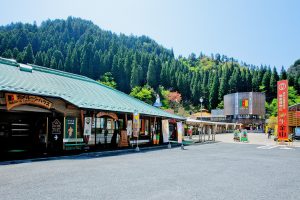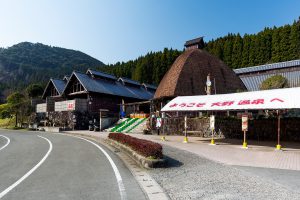Michi-no-eki Jion-no-takkusu
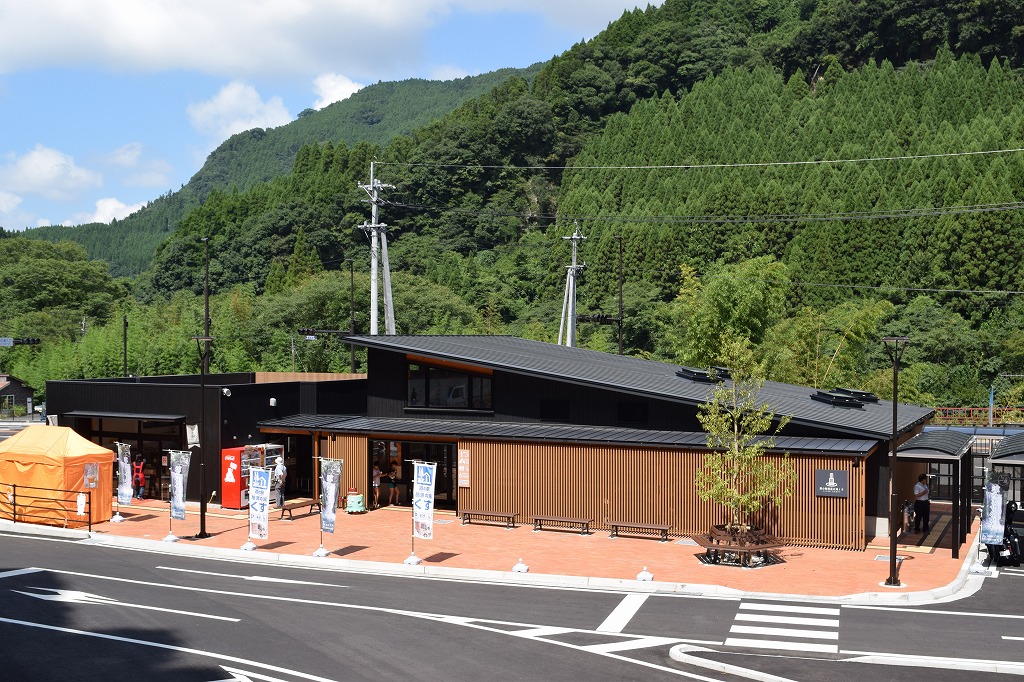
Index
Tofu made with fresh water from Myoken-sama
Soy milk soft serve is also available only here!
Jien-no-taki," or Urami Falls, where you can go to the back side of the waterfall, is located right in front of the station. It is a sister roadside station of "Michi no Eki Doyo no Sato Kusu," and although it is a small roadside station, it mainly offers rice and vegetables grown with fresh water from the area selected as one of the "100 best water sources in the Heisei Era" and "100 best terraced rice paddies. The processed goods corner offers original local dressings, jams, karinto, and more. Tofu and thick fried bean curd made from the nearby "Shimozono Myokensama Spring," selected as one of the "100 best waters of the Heisei Era," are exquisite! The "Soy Milk Soft Ice Cream" and "Soy Milk Vegetable Soup" at the take-out corner are only available here.
Roadside Station Jion-no-takikusu Basic Information
| Location | 618-24, Yamaura, Kusu-machi, Kusu-gun, Oita |
|---|---|
| Phone number | 0973-77-2260 |
| Business Hours | 9:00-17:00 (Dec-Feb 9:00-16:30) |
| Access | 15 minutes from Amase-Takatsuka IC or Kusu IC of Oita Expressway |
| Official HP | https://kusumichi.jp/ |
Map of Roadside Station Jion-no-takikusu
Roadside Station Jionno-Takikusu Gourmet Information
This is the one to buy. Mannen Genki Tofu

One of the station's prized products is "Mannen Genki Tofu" produced in the nearby village of Yamaura. The name "Mannen" comes from the fact that the area is located halfway up Mt. The tofu is made with spring water from the local Shimozono Myokensama spring and soybeans grown in Kyushu. The residents established the "Mannenzan Myokensama Spring Water Revitalization Committee" and named the group's project "Mannen Genki. They began making tofu in the lunchroom of a closed school. The tofu quickly gained a reputation for its delicious taste, and customers began to visit the school to buy it. In fact, the taste of the soybeans is so strong in the mouth, and the moist and mellow flavor of the spring-fed tofu is so enticing. Needless to say, the zaru-tofu is delicious enough on its own. It is delicious enough as it is. A large piece of "inaka-age" (fried tofu) grilled in a frying pan and served with spicy soy sauce is also good! 190 yen (tax included)
Roadside Station Jionno-Takikusu Area
Jien Waterfall
I'm proud of this one too.
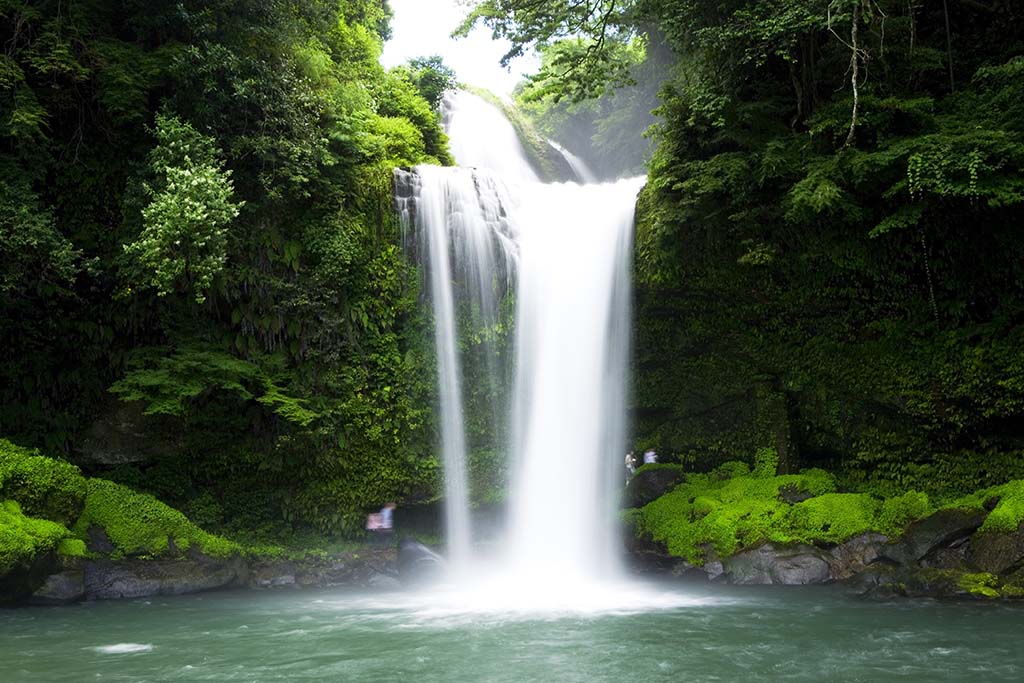
This is a famous waterfall right in front of the roadside station. It is also called "Urami no Taki" because you can go around to the back side of the waterfall from the promenade. The water volume is the highest of all the Urami waterfalls in Oita Prefecture, and the waterfall basin is large as a result. The name "Jion-no-taki" comes from a legend about a giant snake. In the past, there was a giant snake in the basin of this waterfall, and it used to ravage the nearby rice fields at night. When a traveling monk heard of this, he recited sutras in front of the waterfall, and the serpent appeared, suffering from parasites attached to its scales. The monk rubbed the scales with a sutra to heal them, and the serpent grew quiet and eventually disappeared.
Haneyama Trekking
If you want to have fun in the area
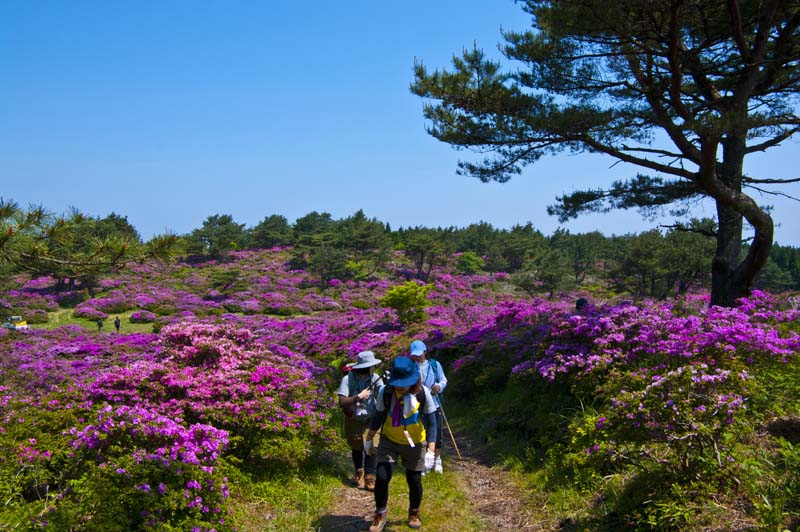
If you like light hiking, how about climbing Mt. Mt. Manyonsan is a "mesa volcano" with a table-shaped summit and a "double mesa" consisting of two large plateaus. The lower plateau is called "Mae-Mannen" and the upper plateau is called "Hon-Mannen," the former being used for plantations and pastures. Drive to the gate of this Yoshibedai Ranch. From here, start climbing the mountain. In early summer, you can see clusters of Reverdin's Blue in the mountain, and in autumn, clusters of silver grass can be seen. There are shelters, toilets, and water stations along the way. There are no water stations in the mountains ahead, so be sure to get drinking water here. Follow the signs for the climbing course.


